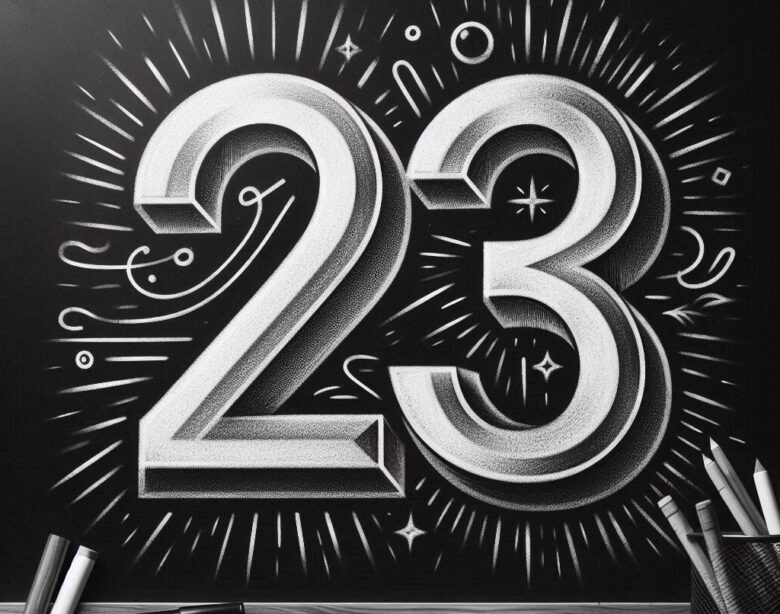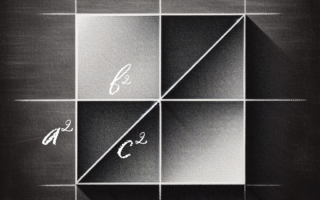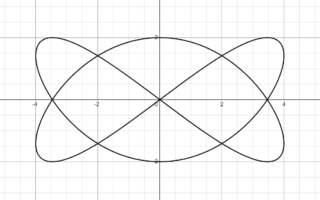Hilbert’s 23 Problems: A Legacy of Mathematical Inquiry
At the dawn of the 20th century, German mathematician David Hilbert (1862–1943) revolutionized mathematics by presenting a list of 23 problems during his lecture at the International Congress of Mathematicians in Paris in 1900. These problems spanned various fields, posing foundational challenges and advancing research directions for future generations of mathematicians. Known as Hilbert’s Problems, this collection remains a cornerstone in the history of mathematics, guiding innovations in pure and applied mathematics, logic, and physics.
The Context of Hilbert’s Problems
Mathematics at the Turn of the 20th Century
In 1900, mathematics faced both triumphs and challenges. Breakthroughs in calculus, algebra, and geometry were transforming the field, while foundational issues in set theory and paradoxes in mathematical logic posed significant questions. David Hilbert, a professor at the University of Göttingen, was deeply committed to addressing these challenges and advancing mathematics as a unified and rigorous discipline.
Hilbert’s 23 problems were not just a list of puzzles—they reflected his belief in human reason and creativity to tackle complex issues. These problems became a guiding framework for the 20th century, influencing multiple disciplines within science and mathematics.
The 23 Problems
Hilbert’s problems cover a wide range of topics, including number theory, algebra, geometry, analysis, and mathematical physics. Each problem reflects critical questions of its time while anticipating the mathematical advancements of the future.
The Problems
- The Continuum Hypothesis
Is there a set whose cardinality is strictly between that of the integers and the real numbers? This problem, central to set theory, was later shown by Kurt Gödel and Paul Cohen to be independent of the standard axioms of set theory, meaning it can neither be proved nor disproved within those axioms. - Consistency of Arithmetic
Can a proof be found to show that the axioms of arithmetic are consistent? This question influenced mathematical logic, culminating in Gödel’s incompleteness theorems, which showed that such a proof is impossible within arithmetic itself. - Equality of Volumes in Polyhedra
Can every polyhedron of a given volume be cut into a finite number of polyhedral pieces and rearranged into a different polyhedron of the same volume? This problem was resolved by Max Dehn, who introduced the concept of the Dehn invariant. - Construction of Metrics
Can geometries other than Euclidean geometry be derived from an axiomatic foundation based on the concept of distance? This problem advanced research in differential geometry and general relativity. - Lie Groups and Continuity
Are continuous transformation groups necessarily differentiable? The answer, established through later research, is affirmative under specific conditions, contributing to the field of Lie groups. - Axiomatization of Physics
Can physics be fully axiomatized in the manner of mathematics? This challenge influenced quantum mechanics, statistical mechanics, and the ongoing pursuit of a unified theory of physics. - Irrationality and Transcendence
Are specific numbers, such as $a^b$ (where $a$ and $b$ are algebraic, with $a≠0$ and $a≠1$), necessarily transcendental? This was resolved affirmatively in specific cases, such as the Gelfond-Schneider theorem. - The Riemann Hypothesis
Do all non-trivial zeros of the Riemann zeta function have a real part equal to ? This unsolved problem remains one of the most famous in mathematics and is central to number theory. - Quadratic Reciprocity
Can the laws of reciprocity for quadratic and higher-order residues be generalized? This question significantly influenced algebraic number theory and class field theory. - Diophantine Equations
Is there a general algorithm to determine whether a Diophantine equation has a solution? The negative answer, proved in 1970 by Yuri Matiyasevich, showed that no such algorithm exists. - Quadratic Forms
Can quadratic forms over algebraic number fields be classified? This problem advanced the study of algebraic geometry and number theory. - Extensions of Class Field Theory
Can the reciprocity laws be generalized to any algebraic number field? This problem guided significant progress in algebraic number theory. - Solutions of Polynomial Equations
Is it possible to solve the general 7th-degree polynomial equation using algebraic functions of two variables? This problem led to advancements in the theory of functions and algebraic geometry. - Finiteness of Systems of Functions
Is every finite system of polynomial invariants itself finite? This was later resolved in the negative by Masayoshi Nagata in 1959. - Rigorous Foundations for Schubert Calculus
Can enumerative geometry problems, including those in Schubert calculus, be made rigorous? This question remains influential in modern algebraic geometry. - Topology of Algebraic Curves
What are the possible topologies of real algebraic curves and surfaces? This problem inspired research in topology and algebraic geometry. - Representation of Definite Forms as Sums of Squares
Can every positive definite rational function be expressed as a sum of squares? The affirmative answer was provided by Emil Artin. - Space-Filling Tessellations
Are there only finitely many space-filling tessellations, and what is the densest sphere packing in n-dimensional space? The Kepler conjecture was solved in 1998 by Thomas Hales. - Regularity of Solutions to Partial Differential Equations
Are solutions to variational problems necessarily analytic? Research in elliptic partial differential equations has partially resolved this question. - Boundary Value Problems
Do solutions to certain boundary value problems exist? Progress in functional analysis and PDEs has addressed many aspects of this problem. - Uniformization of Algebraic Curves
Can all algebraic curves be uniformized? This problem was resolved by the theory of Riemann surfaces and later generalized. - Existence of Automorphic Functions
Do automorphic functions exist for all algebraic curves? This led to significant progress in complex analysis and number theory. - Calculus of Variations
Can the methods of the calculus of variations be fully developed to address existence and regularity? This remains an area of active research in mathematical physics and optimization.
Impact on Mathematics and Science
Advancement of Foundational Understanding
Hilbert’s problems addressed fundamental questions, pushing the boundaries of mathematical knowledge. They spurred breakthroughs in set theory, logic, algebra, and analysis. Gödel’s incompleteness theorems and Cohen’s independence results are direct responses to problems like the consistency of arithmetic and the continuum hypothesis.
Bridging Mathematics and Physics
Hilbert’s sixth problem called for axiomatizing physical theories, influencing the mathematical treatment of quantum mechanics, relativity, and fluid dynamics. This work helped to deepen the interplay between mathematics and the natural sciences.
Inspiring Modern Mathematics
Hilbert’s problems inspired successive generations of mathematicians to explore unsolved problems. The Clay Millennium Prize Problems, announced in 2000, reflect Hilbert’s enduring influence, continuing to guide mathematical inquiry.
A Catalyst for Interdisciplinary Research
Hilbert’s problems encouraged collaboration across disciplines, particularly in physics, computer science, and engineering. Problems like the Navier-Stokes equations and Diophantine equations highlight the intersection of theoretical and applied mathematics.
Conclusion
David Hilbert’s 23 problems serve as a monumental legacy in mathematics. They encapsulate the challenges of the 20th century while inspiring innovation across multiple disciplines. Though some problems remain unsolved, the influence of these questions continues to shape the future of mathematics and science. Hilbert’s optimistic vision for progress underscores the enduring power of intellectual curiosity and the pursuit of knowledge.
Please Visit Our Sponsors:
We only support vendors that we use ourselves in our home. The links below are our own links or affiliate links but know that we use all of these now, or have in the past. As the author/creator of this blog, I also tutor mathematics on Wyzant, sell on Etsy, create content on TpT, and learn Korean on Rosetta Stone.





